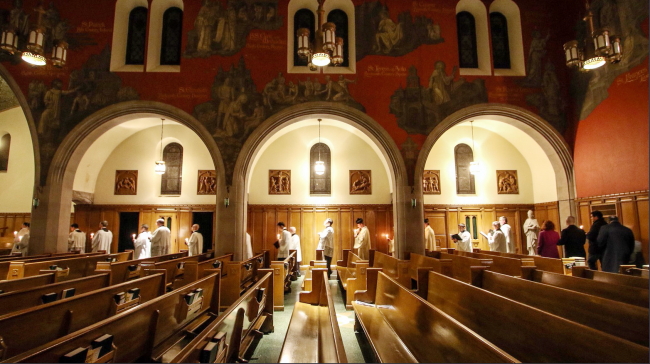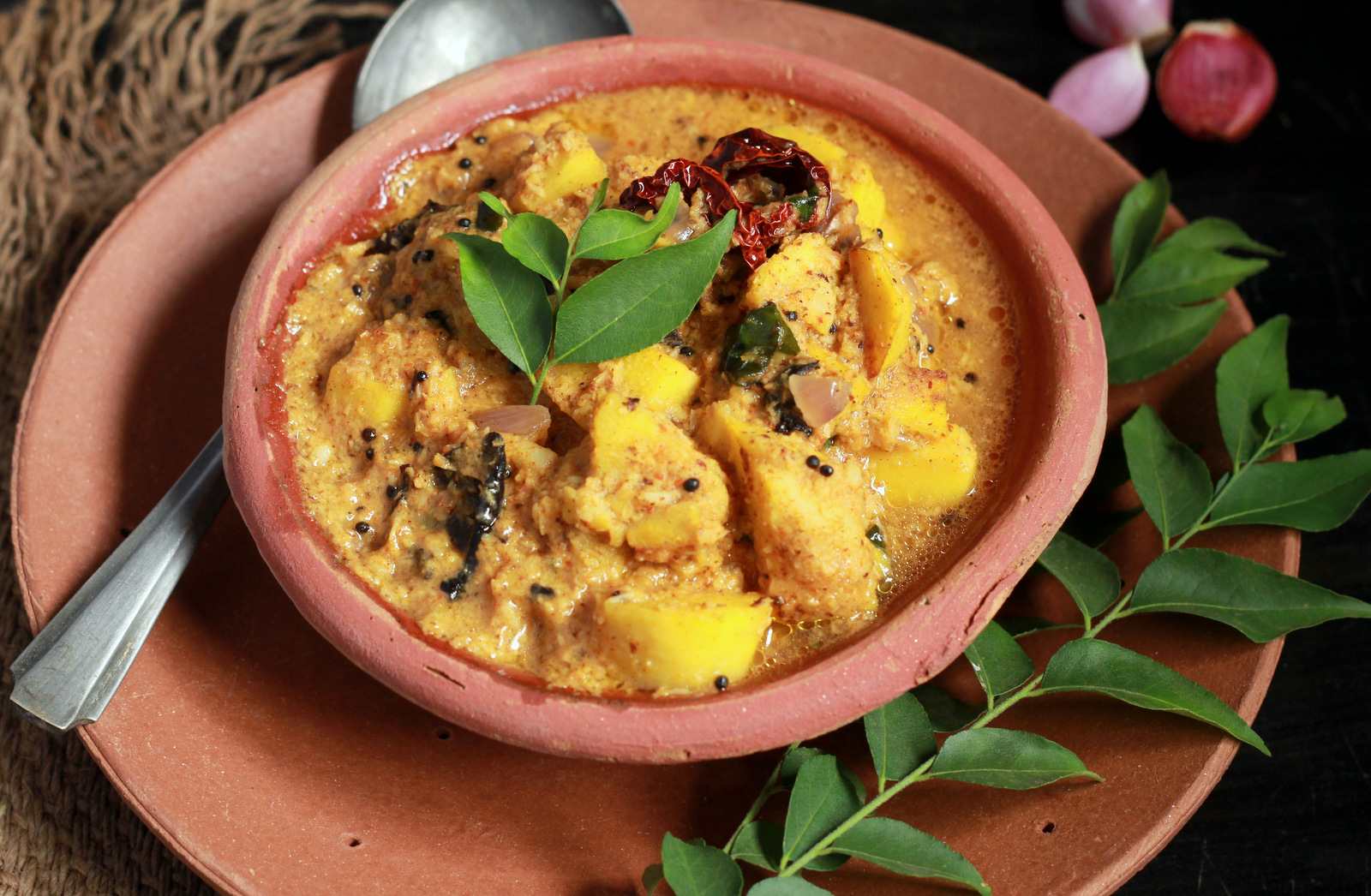WEDNESDAY, FEBRUARY 1 and THURSDAY, FEBRUARY 2: Whether you celebrate Candlemas, Groundhog Day or Imbolc—or even more than one of these—do so with the unifying themes for this time in February: renewal and hope. The first days of February bring new beginnings, as the Gaelic festival of Imbolc marks the start of spring and Groundhog Day begins with hope for an early spring season. For Christians, Candlemas brings the Presentation of Jesus at the Temple and an early recognition of Jesus as the Messiah.
2023 NEWS: A growing number of households are now opting to leave up Christmas decorations through January and on into February, until Candlemas—a ritual that stems from Medieval English traditions and was a renewed movement of hope that started during the Covid pandemic (read more here). While Twelfth Night (January 5) has commonly been regarded as the time to take down Christmas decor, a 2021 campaign encouraged lights and ornaments through early February, for the purpose of bringing extra joy and embracing a trend of historic England.
CANDLEMAS: LUKE, A TEMPLE AND A PROPHESY
The feast of Candlemas focuses on the Gospel of Luke, which describes Mary and Joseph taking the baby Jesus to the Temple in Jerusalem, 40 days after his birth. According to the gospel, Mary, Joseph and Jesus met a man named Simeon while at the Temple, who recognized Jesus as the Messiah and as the fulfillment of a prophesy. A woman at the Temple, Anna, offered similar praise for Jesus. However, Simeon warned that Mary’s heart would someday be “pierced with a sword,” as the future held tragic events for her young son.
The Feast of the Presentation ranks as one of the oldest feasts in the church, with records of sermons dating back to the 4th century. Aside from the blessing of candles—and the widespread and abundant use of candles, too—Candlemas brings an array of delicious foods and vibrant customs! In countries across Europe, sweet and savory crepes are made; in Mexico, piles of tamales are served, often at a party thrown by the person who found the baby Jesus trinket in an Epiphany King Cake. French tradition has it that successfully flipping a coin while making pancakes will surely bring good luck, and Candlemas Bells—early-blooming white flowers, also known as Snowdrops—are believed to purify any home they are brought into today. (Just don’t bring those Snowdrops inside before the feast of Candlemas, because that’s considered bad luck!)
GROUNDHOG DAY: SEASONAL PREDICTIONS
What started as ancient legends on woodland animals “testing the weather” this time of year has slowly morphed into a national phenomenon in the United States. Groundhog Day, spurred by German immigrants of the 18th and 19th centuries who brought groundhog traditions with them to America, gave birth to “Punxsutawney Phil” and the array of groundhog-related events that fill lodges and streets in Pennsylvania in the first days of February each year. Annually, tens of thousands of visitors flock to Punxsutawney, Pennsylvania for Groundhog Day, where “Phil” is regarded as the “one and only” weather predictor for the day. (This year, organizers say that Phil’s events are sold out and big crowds are expected. Read the article from WJACTV.)
Getting it straight: Tradition tells that if a groundhog sees his shadow in sunlight, he will retreat back to his burrow, indicating six more weeks of winter; if he sees no shadow, he will emerge, and an early spring is in the forecast.
IMBOLC: SPRING AND WOODLAND ANIMALS (& BRIGHID)
On February 1, Wiccans and Pagans in the Northern Hemisphere usher in February with the centuries-old Gaelic festival of Imbolc, or Brighid’s Day, marking the beginning of spring and the halfway point between the winter solstice and spring equinox. (Note: In the Southern Hemisphere, Lughnassadh is celebrated.) Brighid crosses are twisted, and after dark, candles are lit to welcome the rebirth of the sun.
Did you know? The Irish Imbolc translates from the Old Irish imbolg, or “in the belly”—a tribute to the early spring pregnancies of ewes. As lactation begins, an array of dairy foods eaten on this day symbolizes new beginnings.
Legend has it that on Imbolc, Brighid begins preparing for the renewal of spring. Snakes and badgers begin emerging from the earth to “test the weather” (thus, the beginning of modern Groundhog Day traditions.) In Wicca, Imbolc is a women’s festival, in honor of Brighid.
from Religious Holidays https://ift.tt/CrPmH7R

 :: Unlock Your Success with Our Digital Course →
:: Unlock Your Success with Our Digital Course →















No comments:
Post a Comment